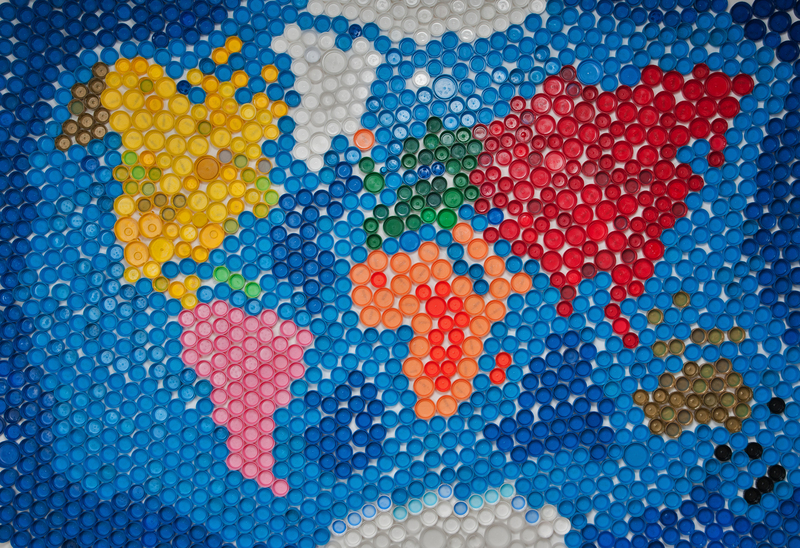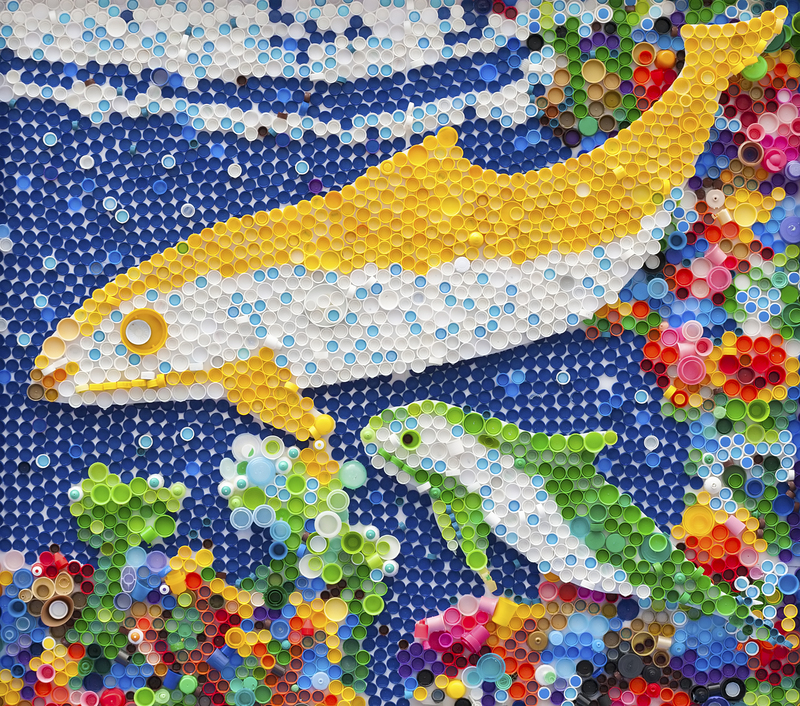Turn Yesterday's Trash into Tomorrow's Trends with Innovative Upcycling Strategies
In an era where sustainability has become crucial for the planet's future, finding ways to give a second life to what we once called 'trash' has become not just a trend, but a movement. Upcycling is revolutionizing the way we perceive waste by transforming discarded items into something useful, fashionable, and entirely new. If you're passionate about sustainability, eager to awaken your inner creator, or simply seeking unique decor and fashion with a lower carbon footprint, read on to discover how to turn yesterday's trash into tomorrow's trends using innovative upcycling strategies.
Understanding Upcycling: Beyond Basic Recycling
While recycling converts waste into reusable material, upcycling elevates the process. Imagine an old wooden pallet becoming a chic coffee table, or glass bottles morphing into stylish lamps. Unlike recycling, which often downgrades material quality, upcycling upgrades both form and function.
- Definition: Upcycling is the creative repurposing of discarded items or materials into products of higher value or quality.
- Environmental Benefit: It reduces landfill waste, limits resource consumption, and lowers emissions from manufacturing.
- Creative Outlet: It's a fun and fulfilling way to express innovation and personal style.

Why Embrace Upcycling?
The benefits of upcycling go far beyond environmental impact. It offers substantial economic savings, spurs creativity, and sometimes even launches new business opportunities. Here's why you should be upcycling more:
- Reduces Waste: Landfills fill up fast. Every upcycled item is one less piece of trash cluttering the Earth.
- Saves Money: Craft new products for home or gifting at a fraction of what you'd pay in stores.
- Promotes Uniqueness: Each upcycling project results in a one-of-a-kind piece overflowing with personality!
- Market Demand: Eco-conscious consumers increasingly search for upcycled fashion, decor, and furniture, making it a profitable niche.
Innovative Upcycling Strategies for the Modern World
Ready to transform yesterday's trash into tomorrow's trends? These forward-thinking strategies showcase the best ways to repurpose everyday materials:
1. Fashion Forward: Upcycling Old Clothes and Textiles
- Patchwork Perfection: Combine scraps of fabric to create statement jackets, tote bags, or throw pillows. Personalize with embroidery or dye.
-
Denim Revamp: Old jeans become
trendy shorts, purses, or even home organizers. - Accessory Innovation: Tie vintage scarves as belts, hair wraps, or bag accents - minimal sewing required!
2. Home Decor: Trash to Treasure Transformations
- Pallet Projects: Wooden pallets can be reimagined as vertical gardens, rustic headboards, or shelving units.
- Glass Bottle Lanterns: Transform glass bottles into stylish vases or pendant lights using simple wiring and LED bulbs.
- Tire Table Magic: Car tires, when cleaned and painted, make durable, trendy ottomans or coffee tables.
3. High-Tech Upcycling: Incorporating Modern Technology
- E-waste Art: Old circuit boards and computer parts become sculptures, clocks, or jewelry.
- Smart Planters: Upcycle plastic containers and integrate moisture sensors to create self-watering pots.
- 3D Printing: Use plastic waste as filament for 3D-printed objects, closing the loop on plastic pollution.
4. Commercial Upcycling: Business Opportunities
- Eco-Friendly Brands: Companies are now sourcing waste materials for product lines--think bags made from seatbelts or shoes from ocean plastics.
- Pop-Up Shops: Organize community events selling upcycled goods, or workshops teaching skills to others.
- Furniture Flipping: Restore, refinish, and resell thrifted furniture with creative upcycling; a booming online business.
5. Community and Art-Based Upcycling
- Murals and Sculptures: Collaborative art installations can use bottle caps, metal cans, or discarded wood as building blocks.
- Upcycled Playgrounds: Tires, ropes, and pallets create unique, cost-effective play spaces for kids.
- Nonprofit Initiatives: Partner with organizations to distribute repurposed goods to those in need.
Getting Started: A Step-by-Step Guide to Innovative Upcycling
- Identify Your 'Trash': Audit your home for items headed to the bin--clothes, jars, tires, electronics, furniture, fabric scraps, plastic, and more.
- Get Inspired: Pinterest, upcycling blogs, and social media communities abound with ingenious ideas.
- Gather Materials: Stock up on the essentials--glue, upcycling-friendly paint, tools, and everyday hardware.
- Plan & Design: Sketch your concept, consider color schemes, and determine the purpose of your new creation.
- Create: Let your imagination lead. Start simple and build confidence with practice before tackling larger projects.
- Share & Inspire: Gift, sell, or share your upcycled inventions online. Encourage others by posting your before-and-after transformations on social media channels.
Tips for Successful Upcycling Projects
- Start Small: Begin with easy projects like tin can planters or T-shirt bags.
- Quality Matters: Clean and check materials before use to ensure safety and durability.
- Embrace Imperfections: The unique quirks of upcycled items are part of their charm and character.
- Mix and Match: Combine different materials--wood, metal, fabric--for stylish contrast.
- Learn Techniques: Master basic skills like sanding, painting, or simple sewing for better results.
Upcycling Trends to Watch: What's Hot Now?
The world of innovative upcycling strategies is ever-evolving. Here are some of the most exciting trends shaping the future:
- Biodegradable Upcycling: Turning kitchen waste and grass into compostable materials for packaging and crafts.
- Upcycled Tech: Gadgets designed from old phone parts or eco-friendly hardware components.
- Textile Blending: Fusing different fabrics--recycled polyester, cotton, and denim--to create hybrid clothing solutions.
- Zero-Waste Living: Designing homes and furniture with modular, upcycled components for easy upgrades and repairs.
- Virtual Workshops: Online upcycling courses empowering global communities to learn and share their craft.
Example: A Fashion-Forward Upcycling Success Story
Meet Maya, a young entrepreneur from Los Angeles, who started collecting discarded fabrics from local tailors. Within a year, she launched a boutique offering upcycled streetwear--patchwork jackets, retro bags, and altered denim--each item telling a unique story. Her small-batch label now ships worldwide, proving that yesterday's trash truly can set tomorrow's trends!
How Upcycling Impacts the Environment
Upcycling plays a pivotal role in sustainable living. By transforming waste into new products, we:
- Reduce Landfill Waste: Less trash means fewer environmental toxins leaching into the earth.
- Lower Carbon Footprint: Every upcycled item avoids the emissions involved in producing a similar new product.
- Conserve Resources: Upcycling saves water, energy, and raw materials that would otherwise be used for manufacturing new goods.
- Influence Consumer Behaviour: Upcycled products encourage others to value sustainability over disposability.
Challenges and Solutions in Upcycling
While transforming trash into trendy treasures is packed with benefits, it isn't without obstacles. Common hurdles include:
- Material Quality: Not all waste is easily upcycled. Solution: Carefully select salvageable items and invest in minimal repairs or cleaning.
- Skill Gaps: Many people aren't sure how to start. Solution: Free tutorials, community classes, and online workshops abound for all skill levels.
- Market Perception: Some consumers still undervalue upcycled goods. Solution: Focus on storytelling, quality, and branding to highlight craftsmanship and eco-impact.
Getting Creative: Upcycling Ideas for Every Room
- Kitchen: Glass jars become food storage, old utensils turn into hooks or garden markers.
- Living Room: Repurpose crates into bookshelves, upcycle sweaters into cozy cushion covers.
- Bedroom: Broken ladders make unique hanging racks, while wine boxes serve as stylish under-bed storage.
- Garden: Tires double as planters, pallets become raised beds, and bottles mark plant rows.
- Office: Use tin cans for desk organizers, or upcycle keyboard keys into quirky art pieces.

The Business of Upcycling: How to Profit from Innovation
If you aspire to turn your innovative upcycling strategies into a profitable business, start by:
- Building a Brand: Highlight your green mission, craft a unique story, and share your creative process.
- Online Presence: Use e-commerce sites and social media to reach eco-minded customers worldwide.
- Networking: Connect with other upcyclers, sustainability influencers, and local shops for partnerships and exposure.
- Market Research: Track upcycling trends and listen to customer feedback to fine-tune your product line.
Conclusion: Creating a Trendsetting, Sustainable Future
Turning yesterday's trash into tomorrow's trends isn't just an eco-friendly hobby--it's a lifestyle, a business path, and, increasingly, a global necessity. With innovative upcycling strategies, you can:
- Reduce waste and environmental impact
- Save money and fuel creativity
- Craft unique items that inspire others
- Build a future where sustainability is always in style
Whether you're an artist, maker, eco-entrepreneur, or someone looking for creative satisfaction, the power to inspire change lies in your hands. Take the challenge. Look at your trash with new eyes, and be the trendsetter the world needs--one upcycled creation at a time!
Further Reading & DIY Resources
- Upcycle That - Project inspiration and tutorials
- Instructables Upcycling - DIY guides for all skill levels
- EcoWatch - Latest on sustainability and upcycling trends
- Pinterest - Visual inspiration boards for upcycling
Start your own upcycling adventure today, and watch as yesterday's discards become tomorrow's must-have treasures!

